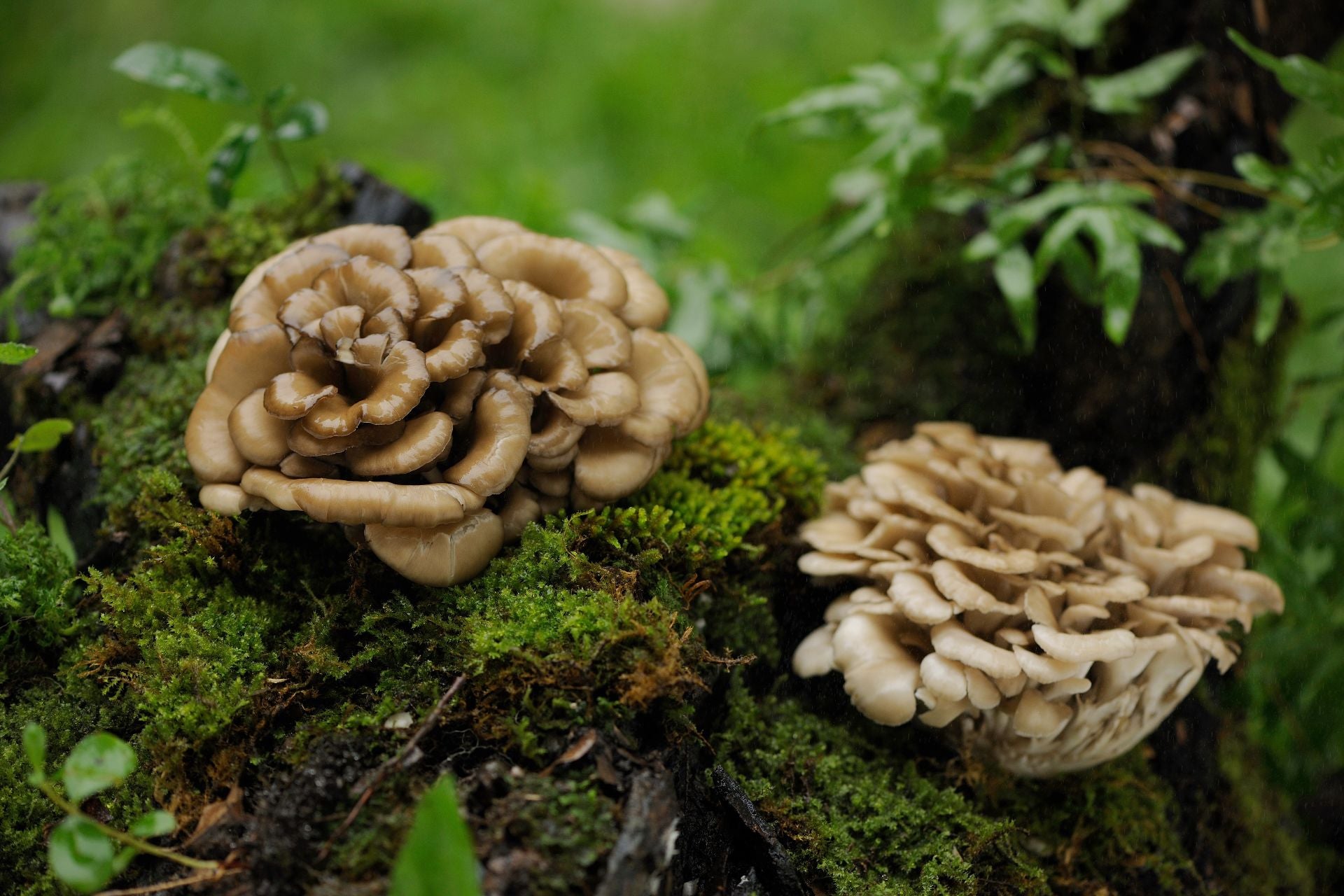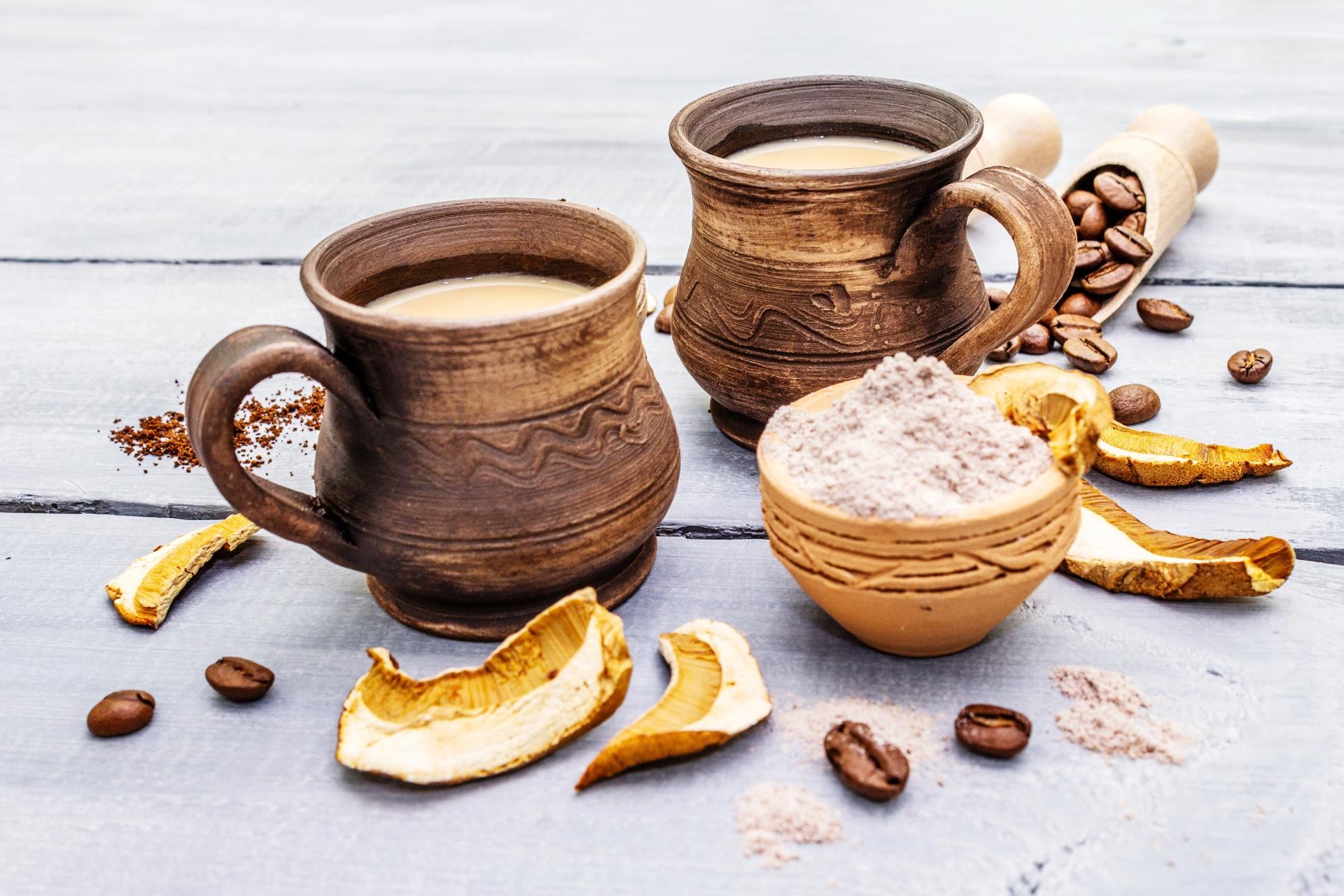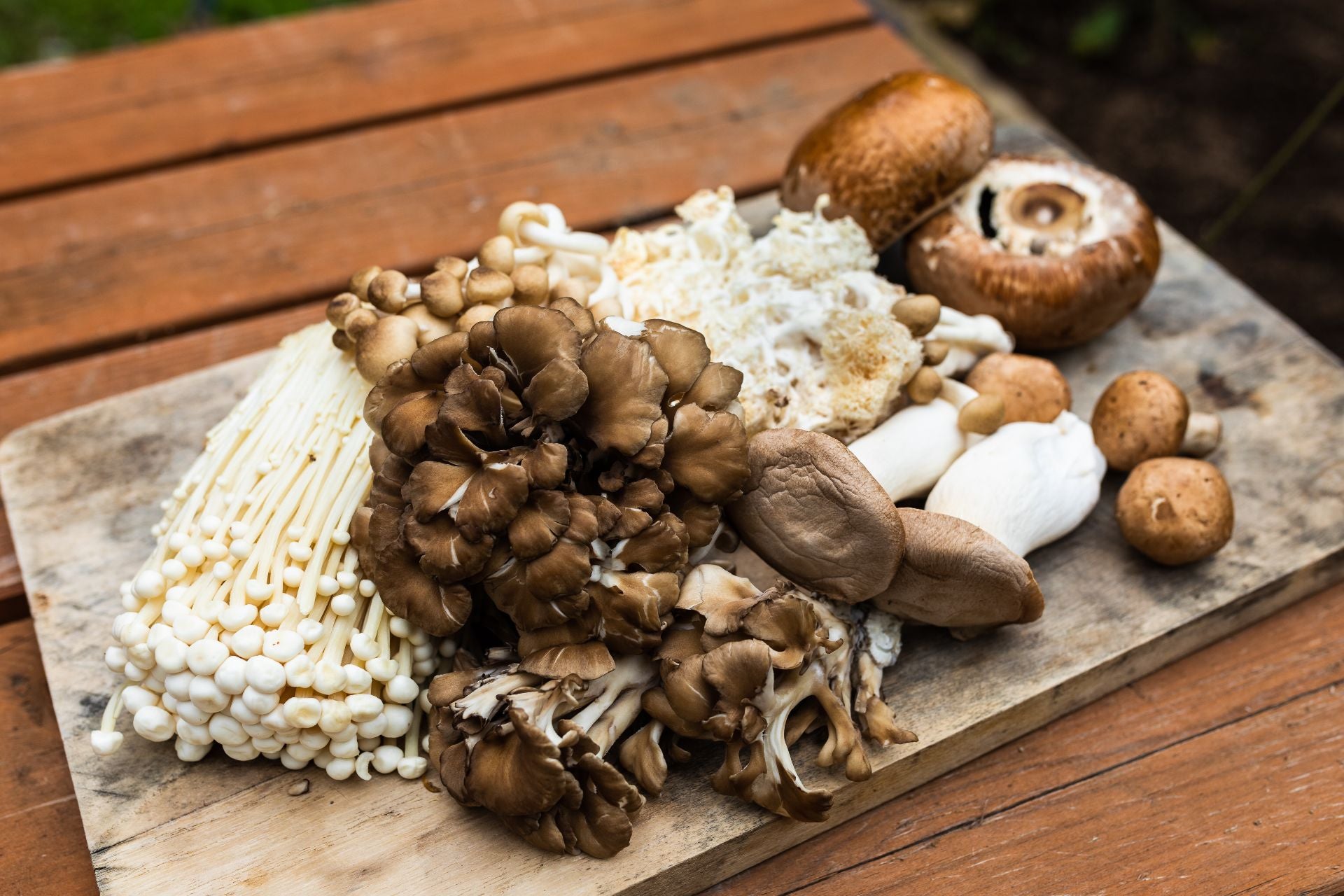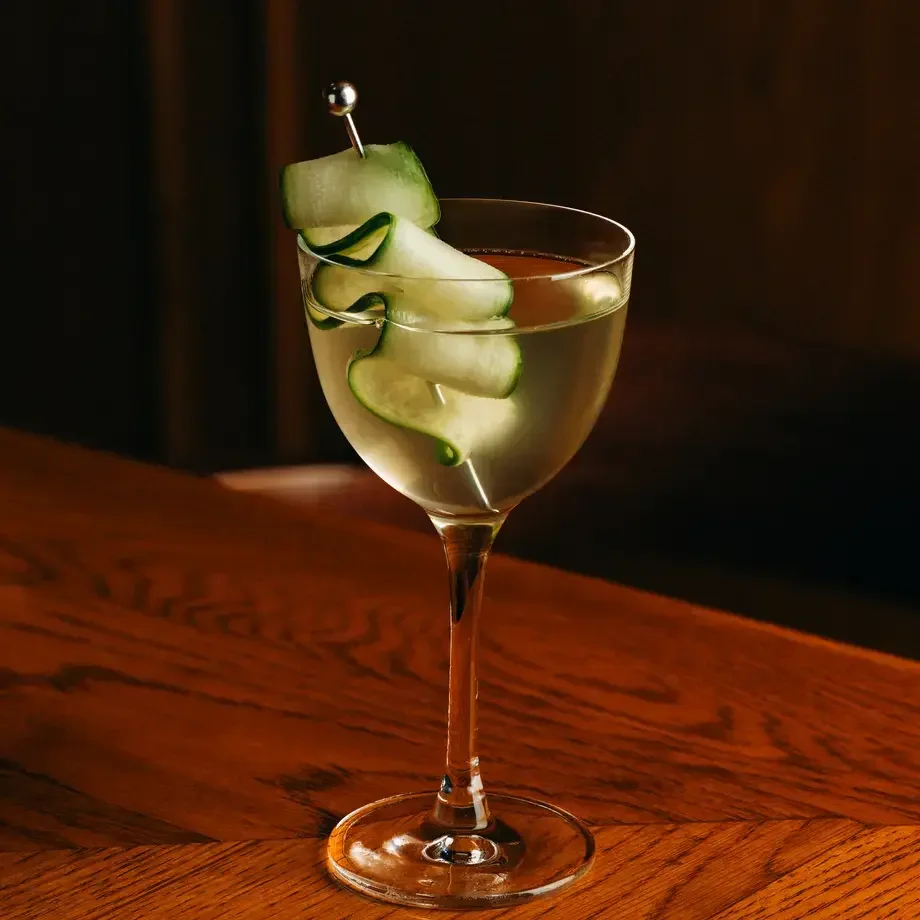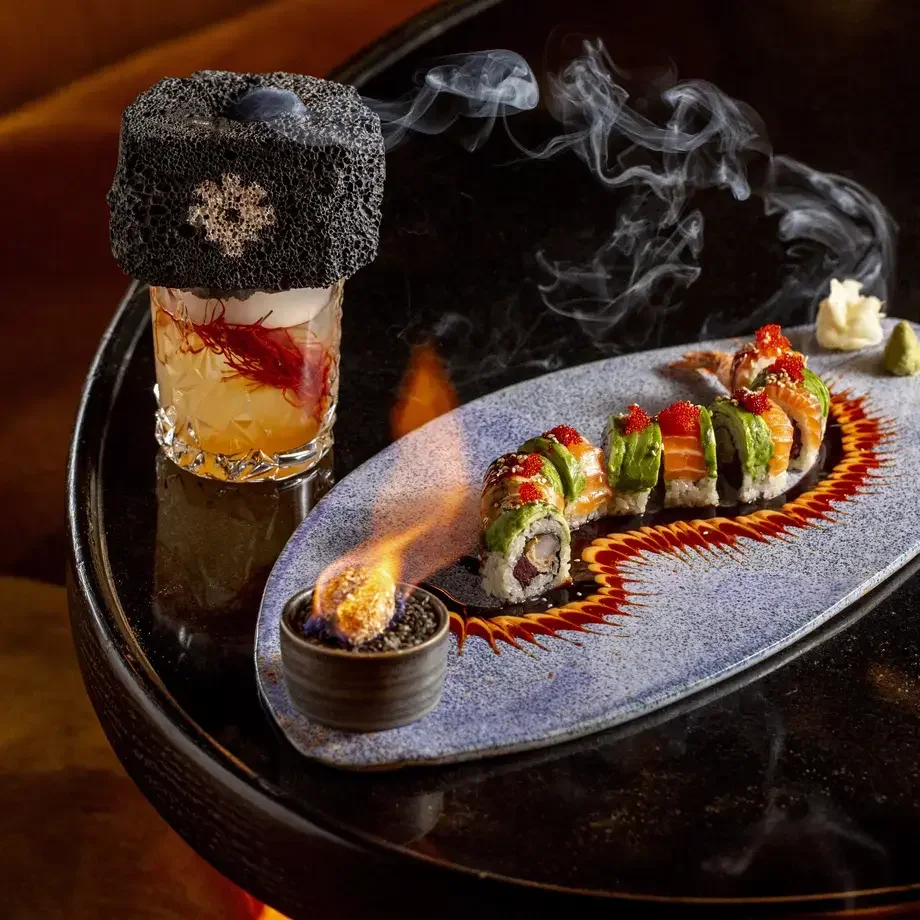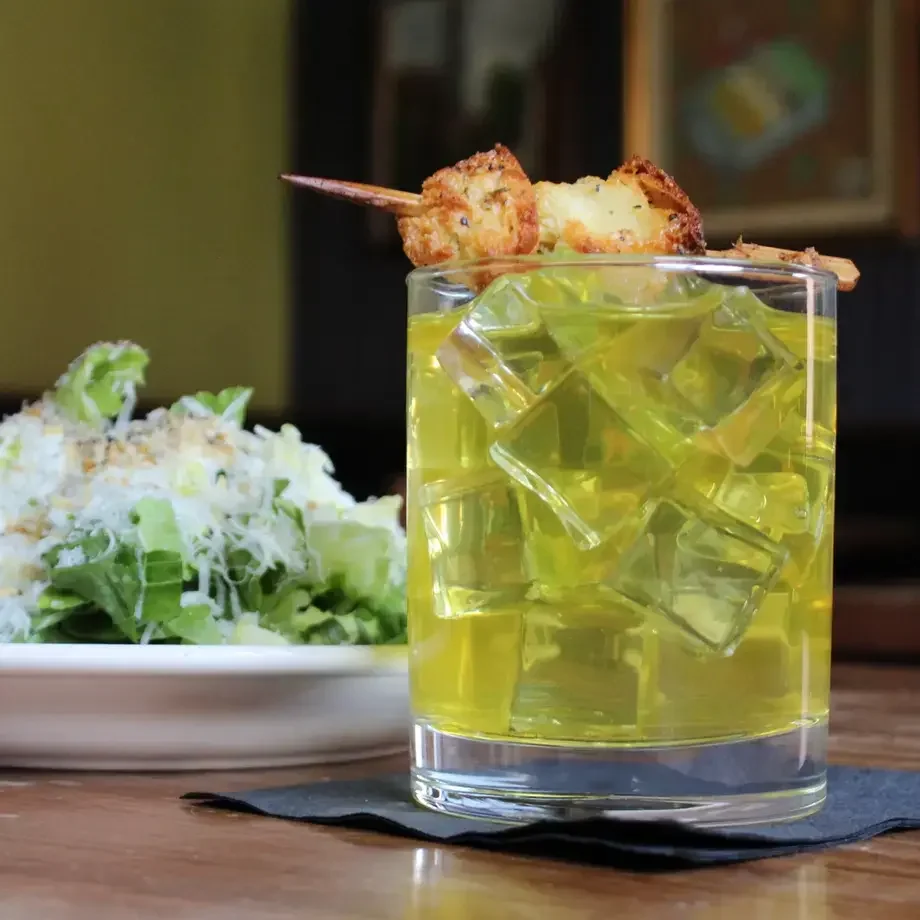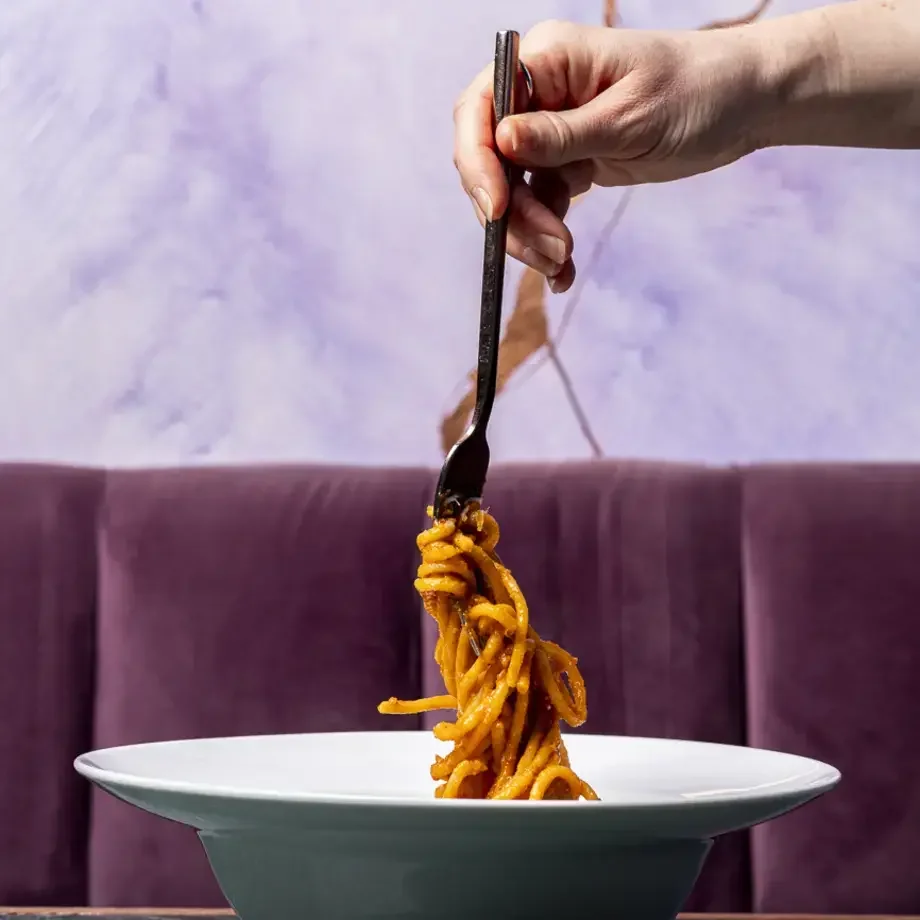Several potential health benefits have been linked to maitake mushrooms, including the following:
Can help boost your immune system
Maitake is rich in bioactive substances known as beta-glucans, one of which, called D-fraction, is thought to be particularly good for your immune system. D-fraction encourages the production of lymphokines (protein mediators) and interleukins (secreted proteins) that can improve your immune response.
May improve heart health
Studies suggest that maitake mushrooms may be able to lower ‘bad’ LDL cholesterol without affecting ‘good’ HDL. This decreases the risk of heart disease, and is also thought to be thanks to beta-glucans.
Can help manage type 2 diabetes
Another maitake beta glucan, called SX-fraction, may help sufferers of type 2 diabetes to manage their condition. SX-fraction is thought to help activate insulin receptors, allowing your body to use glucose more efficiently, and thus helping prevent spikes in blood sugar.
If you do have diabetes and are thinking of taking maitake or maitake extract, always consult your doctor first, as anything that affects blood sugar may interfere with your medication.
Side effects
Maitake can be difficult to digest, particularly if eaten raw, and may on rare occasions cause an upset stomach. There is also the potential for allergic reaction, although this too is rare. If you have never eaten maitake before, it may be advisable to try a small piece and wait for 24 hours before eating it in large quantities.
How to recognise them
Maitake are most commonly found in Japan, China, the northeastern United States and Canada, but may also be found in temperate parts of Europe, and in the southeastern and northwestern US. If you live in any of these areas, you may wish to go foraging for maitake, but as with any mushroom, it’s important to know what you’re looking for.


